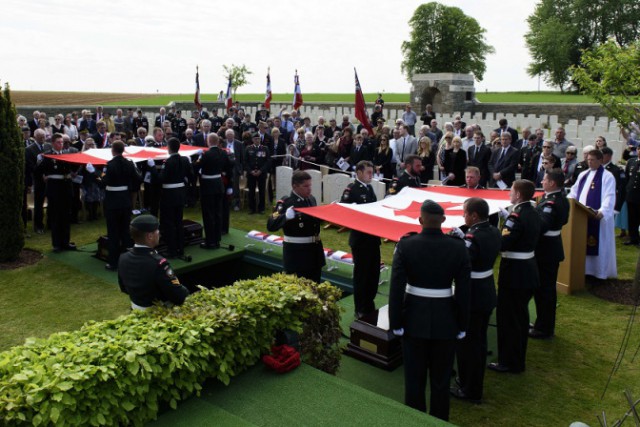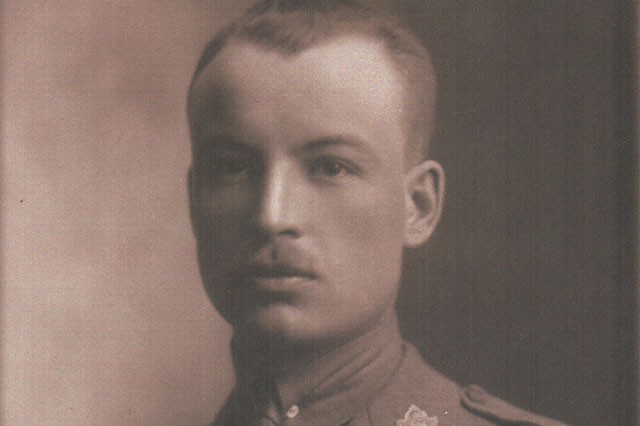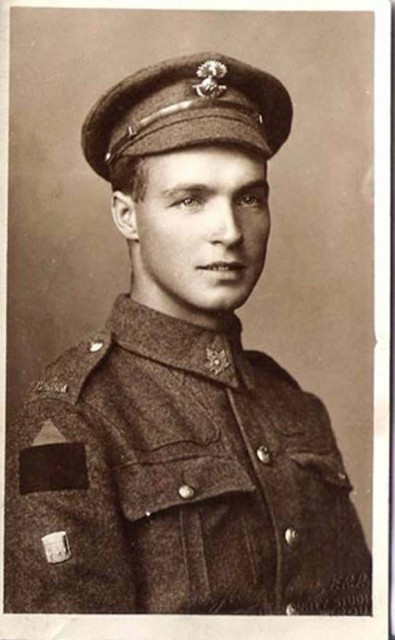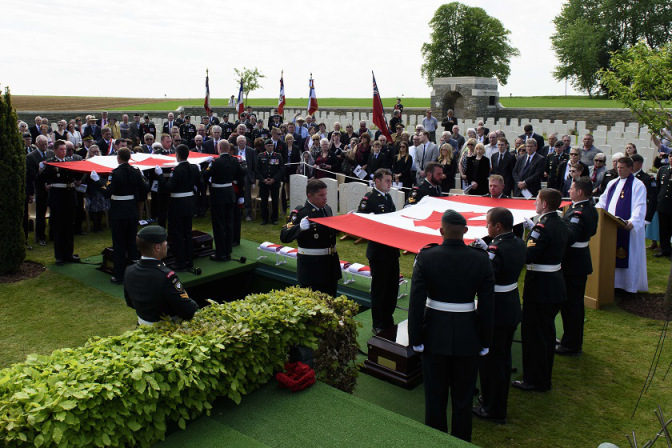
The bodies of eight Canadian World War One soldiers have been discovered in the village of Hallu in north eastern France.
Thousands of Canadian soldiers joined the Allied ground warfare during World War One and it is thought that the remains of around 30,000 Canadian soldiers still lie buried throughout northern France.

In 2006, Fabien Demeusere found the remains buried in his back-garden and from that day onwards a huge search took place to find the identities of the bodies. Police, government and military departments and historians all contributed to the search, with DNA testing and research being at the heart of the hunt.
At first, five of the bodies could be identified almost straight away, they were: Lieutenant Clifford Neelands, Lance Sergeant Oscar Lindell, Private William Simms, Private Lachlan McKinnon and Private SidneyHalliday. The identities of the three otherbodies still remain unknown.
The find is believed to be the biggest single find of Canadian soldiers. Canada’s National Defence Department believes that the soldiers were killed as they tried to hold their position in Hallu. They suggest that the date they died is around early August 1918. The battle that took place in that area at the time took the lives of around 100 Canadian Winnipeg Grenadiers.

Private Sidney Halliday left Canada to join the Allies during World War One with a locket filled with a lock of his sweetheart’s hair inside. His girlfriend, Lizzie Walmsley had had her name engraved on the locket as well. When he died Sidney was only 22, but still carried his locket with him and this was found among the personal items near his remains. It was the locket that helped to identify Sidney and finally give him a proper burial with full military honours, along with the other seven soldiers.
Sidney and his comrades from the 78th battalion were laid to rest this week by soldiers from the Canadian army and their family members, who they never got to meet.
Jim Halliday is Sidney’s nephew and he said that Sidney has always had a presence in his life. Jim says that pictures of Sidney were always around the house when he was growing up, along with his military medals, so that he would never be forgotten, the CBC News reports.
Jim is thankful that finally Sidney and his comrades are finally being put to rest.
The military burial took place at a British war cemetery near Caix, France. Their caskets were carried by the Canadian Light Infantry in a slow march, before being lowered into the ground.
Fabien Demeusere who found the remains in his back-garden also attended the funerals.
